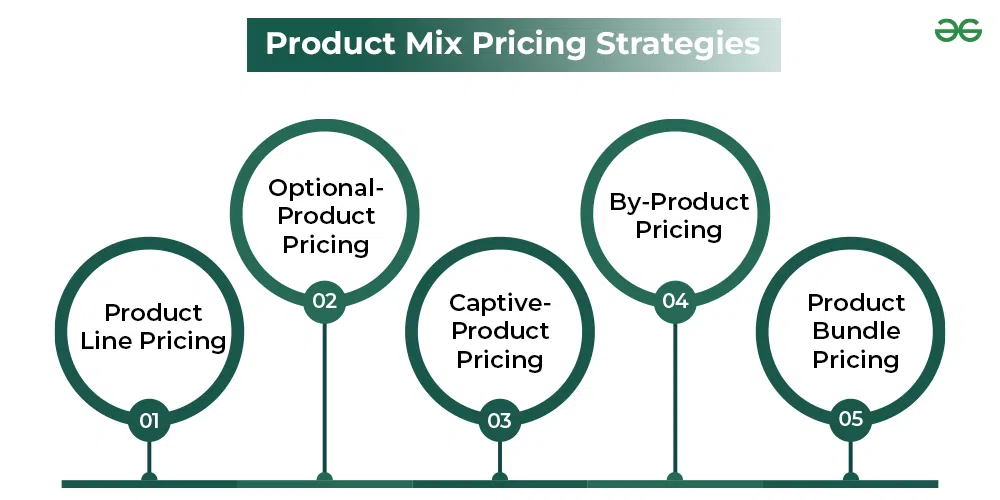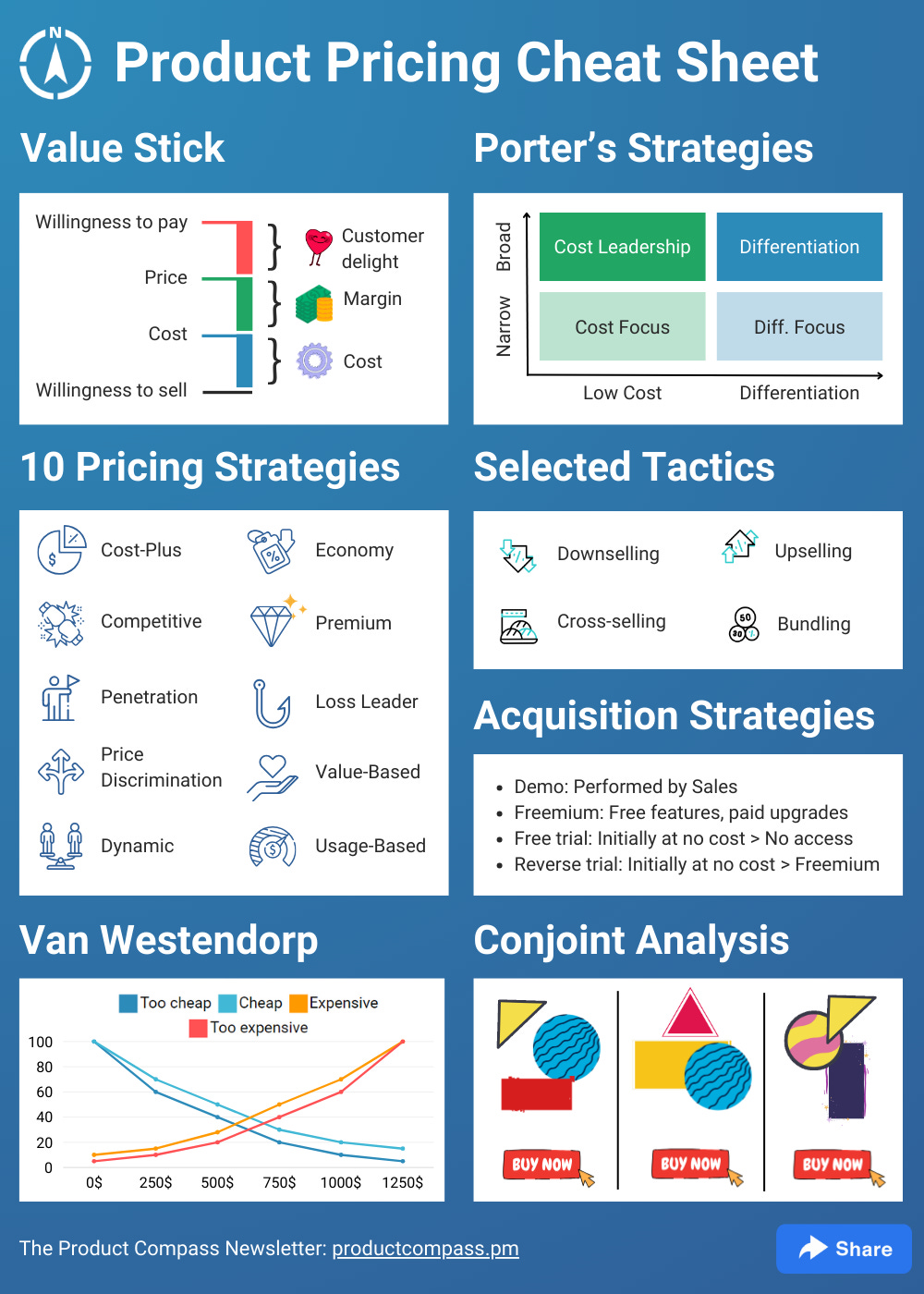Creating a Dynamic Pricing Strategy to Stay Ahead of the Competition
Creating a Dynamic Pricing Strategy to Stay Ahead of the Competition
Blog Article

Master Effective Pricing Techniques to Maximize Earnings
In the ever-evolving landscape of commerce, grasping reliable prices approaches is important for organizations intending to make best use of earnings. A nuanced understanding of prices psychology can dramatically affect consumer habits and purchasing choices. Additionally, using value-based and dynamic rates models enables companies to adapt to market fluctuations and customer view. Nevertheless, the complexity of rival evaluation and recurring efficiency evaluation raises important concerns about the sustainability of these approaches. What particular methods can be carried out to make certain long-term success and client loyalty in this competitive environment?
Comprehending Pricing Psychology
Understanding prices psychology is essential for companies intending to enhance their rates approaches. This field checks out how customers regard rates and how these assumptions influence their getting choices. Trick ideas in pricing psychology consist of the anchoring effect, where the preliminary cost presented works as a referral factor for consumers, and the idea of price sensitivity, which differs among different customer segments.
Furthermore, businesses can utilize the idea of viewed value, where the perceived benefits of a services or product can warrant a higher cost factor. Premium rates can develop an aura of exclusivity, attracting customers that associate higher prices with premium top quality. On the other hand, psychological rates, such as setting a price at $9.99 as opposed to $10, can substantially impact customer actions by making prices show up a lot more eye-catching.
In addition, shortage and urgency can improve the perceived value of products, triggering quicker buying choices. Understanding these psychological triggers makes it possible for services to formulate prices approaches that not just drive sales yet additionally foster client loyalty. Thus, understanding prices psychology is important for efficient pricing method formula, causing boosted productivity and market positioning.
Implementing Value-Based Prices

First, conduct thorough marketing research to determine the value chauffeurs for your target market. This can include attributes, quality, brand name credibility, and customer support. Next off, section your clients based upon their desire to pay and the value they perceive. By doing so, you can customize offerings and pricing methods to straighten with various sectors.
Constantly keep track of market conditions and client feedback to fine-tune your prices method over time. By applying value-based pricing, businesses can enhance profitability while promoting long-lasting consumer commitment.
Checking Out Dynamic Rates Models
In today's rapidly changing market landscape, dynamic prices designs have become a powerful technique for companies seeking to optimize income and react to changes popular. These designs permit business to readjust their costs in real-time based upon different factors such as customer habits, market trends, and inventory degrees. By leveraging information analytics and formulas, services can identify ideal rates points that make the most of sales while continuing to be competitive.
Dynamic prices can take various types, including time-based prices, where prices fluctuate based upon time of day or period, and demand-based prices, which changes costs according to current customer demand. This flexibility not only boosts profitability yet likewise boosts consumer complete get more satisfaction by supplying costs that show real-time market conditions.
Implementing dynamic pricing calls for a robust technical infrastructure and a deep understanding of customer sectors. Clear interaction regarding prices adjustments can help reduce consumer dissatisfaction and foster count on, eventually leading to continual profitability in a competitive marketplace.
Analyzing Rival Prices
Checking rival rates is important for services intending to keep an one-upmanship in their respective markets. By analyzing competitors' rates strategies, firms can determine market trends, comprehend customer choices, and adjust their pricing accordingly. This evaluation entails gathering information on rivals' costs, marketing techniques, and product offerings to educate rates choices.
To successfully assess competitor rates, services must utilize various tools and strategies, such as rate tracking software, market research records, and customer responses. This data can disclose just how rivals place their products and services, permitting businesses to differentiate their offerings or embrace similar techniques to stay relevant.
Additionally, it is critical to classify competitors into straight and indirect competitors. Straight rivals offer comparable items or services, while indirect rivals may satisfy the same consumer demand with various solutions. Comprehending the nuances in between these teams will allow services to tailor their prices techniques more properly.
Eventually, ongoing rival rates analysis is important for making enlightened pricing choices. It enables companies to stay agile he said in feedback to market changes, guaranteeing they can confiscate opportunities and mitigate risks associated with pricing strategies.
Assessing Rates Performance
Comprehending exactly how rival rates affects market characteristics causes an all-natural concentrate on reviewing rates performance within one's very own company. This evaluation is essential for determining locations of strength and opportunities for renovation, ultimately enhancing profitability.

Additionally, performing regular prices audits can reveal inconsistencies between expected and real efficiency. This includes comparing pricing information throughout various sectors and networks to recognize differences and recognize trends. Incorporating customer comments can supply insights right into perceived worth versus actual prices, ensuring alignment with market expectations.
Last but not least, leveraging information analytics devices can help with much deeper insights into prices efficiency, enabling businesses to make data-driven changes (Pricing Strategy). By constantly examining rates efficiency, companies can adapt to market adjustments and optimize their approaches, ensuring continual productivity in a competitive landscape
Final Thought
Efficient rates strategies are vital for taking full advantage of profit in an affordable market. By leveraging rates psychology, services can enhance viewed worth and tailor prices to diverse client sections. The adoption of value-based and dynamic rates designs promotes real-time adjustments based upon demand and consumer determination to pay. Additionally, constant that site analysis of rival rates and efficiency metrics guarantees calculated agility. Eventually, an extensive strategy to prices not just drives productivity but also cultivates customer satisfaction and commitment.
Comprehending rates psychology is important for services aiming to maximize their rates methods. Recognizing these emotional triggers enables companies to formulate pricing strategies that not just drive sales yet likewise foster client commitment. Thus, mastering prices psychology is vital for effective pricing approach formula, leading to improved earnings and market positioning.
By evaluating rivals' prices techniques, companies can recognize market trends, recognize consumer choices, and readjust their pricing as necessary. By leveraging rates psychology, companies can enhance regarded value and tailor rates to varied customer sections.
Report this page